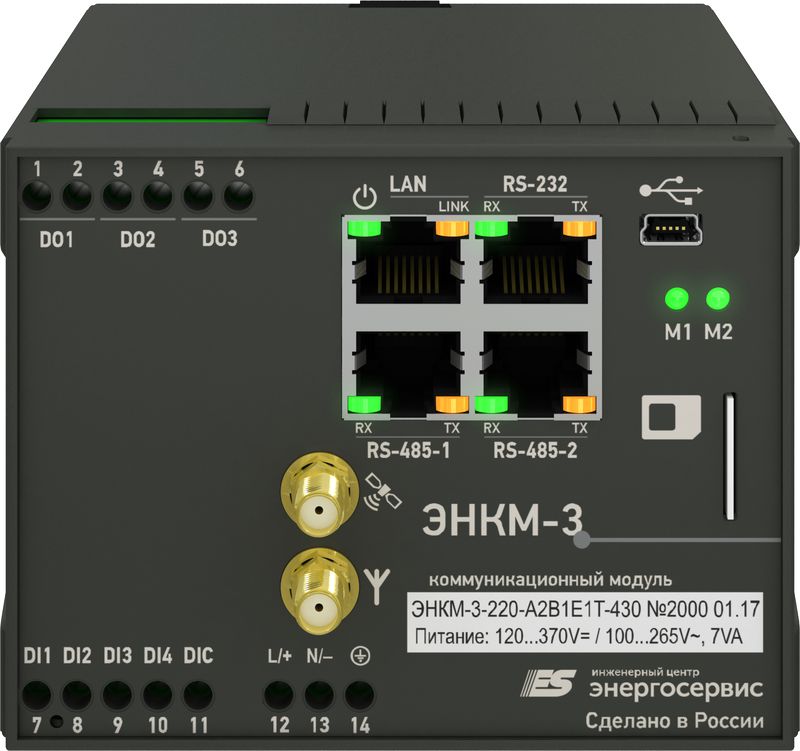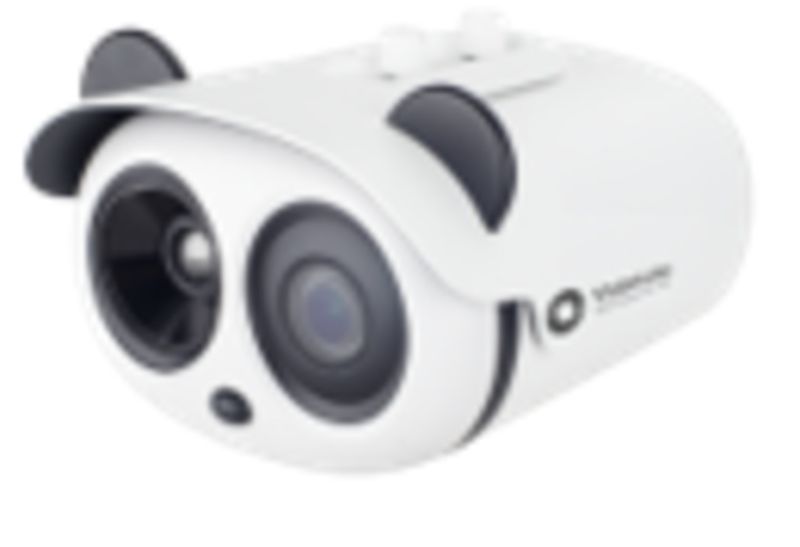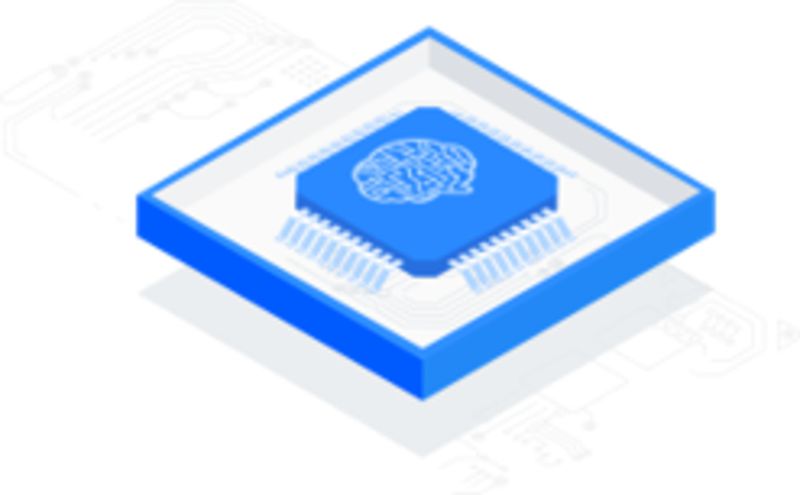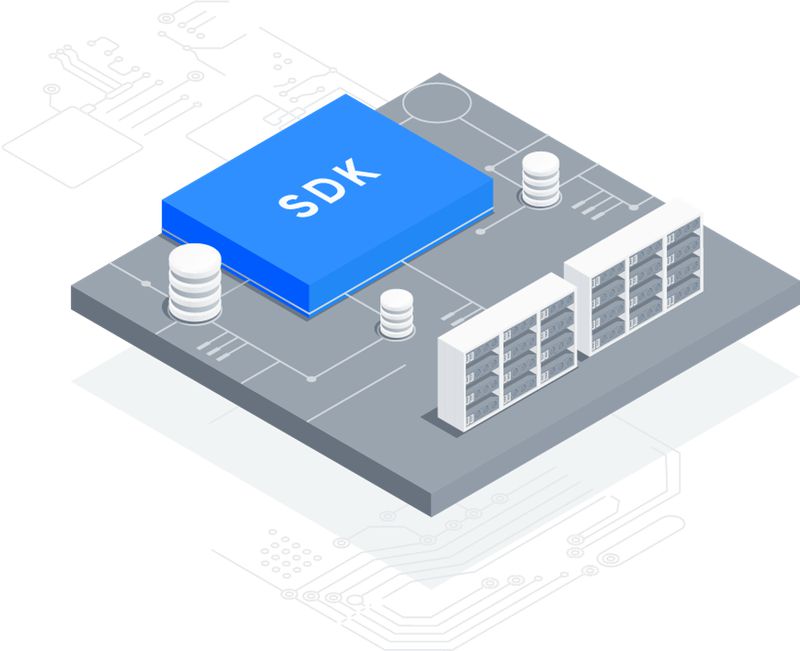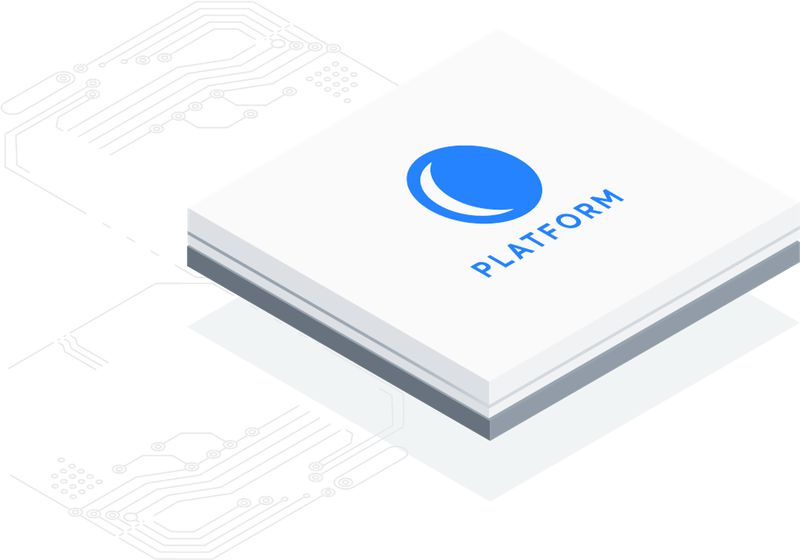Software
| Image | Name | Summary | Categories |
|---|---|---|---|
| LookOut Compact | Satellite beacon LookOut Compact is designed to determine the coordinates of the location of a moving object anywhere in the world. In order to save energy, the product is capable of keeping an archive and communicating at the appointed time for data transmission. Included with the Lookout product, the user gets access to a Web service, with which he can track his current location, as well as see the route to follow for the selected time intervals and technological parameters. Features: – binding the device to the Web service http://lookout.ss24h.com (information on operation is available in the "Help" service section); – complete autonomy (no external power supplies are required); – provision of autonomous operation from an internal power source at least a year (with the default communication settings and using the recommended batteries); – determining the current position in the GPS / Glonass positioning system with an accuracy of ± 3 m; – maintaining an archive of technological parameters; – built-in temperature sensor; – data transmission via a satellite communication channel Iridium (SBD protocol) or GSM channel; – small dimensions. Those. specifications Input voltage: 7..24 V Batteries used: Type AAA 5 pcs Consumption Receiving coordinates: 9mA, Receiving: 40mA, Transmitting: 0.75A, "Sleep" mode: 20μA External memory size: 16 Mb, 5000 points Satellite communication characteristics Communication channel: Iridium (SBD) Frequency range: 1621 MHz Coverage: Global, 100% coverage of the Earth Communication session duration: Not more than 2 minutes The volume of transmitted data per day (at a frequency of obtaining coordinates 1 time in 10 minutes): 750 bytes GPS / GLONASS module characteristicsPosition determination time: From 4- x seconds Positioning accuracy: Not more than 10 meters GSM communication characteristics GPRS communication channel: 10 class Communication standard: GSM 900/1800 Number of SIM chips: 2 General characteristics Sheath protection degree: IP40 Operating temperature: -40 ° C .. + 60 ° C Weight: 0.4 kg (without batteries) Dimensions: 160х110х37 mm | Software | |
| Communication modules ENKM-3 | ENKM-3 communication modules are designed to monitor the status and control of geographically distributed energy, transport and industrial facilities. ENKM-3 provides transmission of technological information (discrete signals and measurements) from various devices (multifunctional measuring transducers, relay protection and automation devices, electricity meters, I / O modules) via the GSM network. Data transmission is carried out in accordance with IEC 60870-5-104. Simultaneously with the transmission of telemetry, ENKM-3 supports the organization of end-to-end channels for polling various devices via TCP / IP and remote configuration of devices. The built-in receiver of signals of navigation systems is designed to correct the time in ENKM-3 and the devices being polled. 4 digital and 2 analog inputs can be used to collect additional signals. ENKM-3 interrogates up to 64 devices according to IEC 60870-5-101 or up to 32 devices via Modbus RTU and transmits telemetry via GSM and Ethernet in 4 directions according to IEC 60870- 5-104. Those. specifications Data transmission channels GSM, Ethernet 100Base ‑ T Communication with devices 2 × RS ‑ 485 (300 … 115200 bit / s), maximum number of connected devices: 32 (Modbus RTU) or 64 (IEC 60870‑5‑101) Additional features 4 digital inputs (Dry contact, 24 VDC); 2 analog inputs 0… 20 mA = or 1 analog input -20… 20 mA =, built-in GLONASS / GPS ‑ receiver (receiving coordinates and time) Power supply 18 … 36 VDC or universal 120 … 370 VDC / 100. ..265 V ~ (45 … 55 Hz), power consumption no more than 10 VA Operating conditions and construction from -40 to +70 ° С, case: 150 × 90 × 45 (60) mm (IP40), mounting on 35 mm DIN rail | Software | |
| Multifunctional measuring transducer ENIP-2 | The high quality of ENIP-2 measurements is achieved through the use of original signal processing algorithms, which allow performing synchronous measurements of the parameters of the electrical network mode. ENIP-2 has various interfaces and supports standard exchange protocols: Modbus RTU / TCP, IEC 60870-5-101 / 104, as well as the “digital substation” protocol IEC 61850, the implementation quality of which is confirmed by the international certificate DNV GL (KEMA Laboratories). ENIP-2 is produced in three versions: —— in a plastic casing for mounting on a DIN rail (Standard); —— in a metal casing (Compact); —— in a casing with a color liquid crystal touch display (USVI). Executions differ from each other. functional purpose, sets of interfaces and exchange protocols, composition of discrete inputs and outputs. ENIP-2 is easily mounted in the relay compartments of switchgear, on panels or cabinets of the control room. Due to its wide temperature range, the device can be used in unattended unheated facilities. Those. specifications Technical characteristics Measurements In: 1 or 5 A, Un: 57.7 / 100, 220/380 V, 400/690 V (phase / line) RMS value of phase / line and average phase / line voltage Reduced error ± 0.2% relative error ± 0.2% (0.2Unom≤U≤1.5Unom), ± 0.75% (0.05Unom≤U <0.2Unom) RMS value of phase and average current reduced error ± 0.2% relative error ± 0 , 2% (0.2Inom≤I <2Inom), ± 0.75% (0.05Inom≤I <0.2Inom), ± 2.0% (0.01Inom≤I <0.05Inom) Active / reactive / apparent power (phase and total) reduced error ± 0.5% relative error ± 0.5% (0.2 Inom≤I≤2Inom, 0.2Unom≤U≤1.5Unom) Total active / reactive power reduced error ± 0, 5% Frequency absolute error ± 10 MHz Measurement / update time of parameters 50 ms ("sliding window") / 20 ms Additional parameters cosines, tangents, angles (phase and average), active and reactive energy in forward and reverse directions Intervalization of 8 years Discrete inputs 0, 4 or 8 wet contact inputs: Uin 20 … 250 V, filtering of contact bounce Discrete outputs 3 discrete outputs: enable, disable, control; Umax 300 V DC / 250 V ~, Imax 100 mA Measurement of power quality parameters U0, U1, U2, K2U, KU, I0, I1, I2, K2I, KI, THD Expansion modules Indication ENMI ‑ 3, ENMI ‑ 4, ENMI ‑ 5 control and discrete input ENMV ‑ 1‑0 / 3R, ENMV‑ 1‑4 / 3R, ENMV ‑ 1‑6 / 3R, ENMV ‑ 1‑24 / 0, ENMV ‑ 1‑0 / 22, ENMV ‑ 1‑0 / 20, ENMV ‑ 1‑16 / 6, ENMV ‑ 1‑ 16 / 3R (up to 4 modules) Interfaces RS ‑ 485 (600 … 115200 bps) 1 … 3 ports – Modbus RTU, IEC 60870‑5‑101 Ethernet 100Base ‑ T (1 or 2 ports), Ethernet 100Base‑ FX (LC sockets, fiber multimode, 2 ports) IEC 61850, IEC 60870-5-104, IEC 60870-5-101 over UDP, Modbus TCP, Modbus RTU, transparent mode, SNMP 2 port modifications: built-in switch (RSTP, PRP ) Real time clock Time counting accuracy 0.5 ms In the absence of synchronization, the discrepancy is not more than 0.5 s per day Synchronization synchronization from BKV ENKS-2, p o Ethernet (IEC 60870-5-104, SNTP) or via RS-485 ports (IEC 60870-5-101) Logs Binary I / O log, event log Power Supply AC / DC 18 … 36 VDC or 120 … 370 V = / 100 … 265 V ~ (45 … 55 Hz) Power consumption no more than 11 VA (no more than 19 VA with ENMI) Operating conditions and design Operating temperature range / case from –40 to +70 ° С / 75 x 100 x 110 mm (plastic housing, IP40), mounting on 35 mm DIN rail | Software | |
| VisionLabs THERMO | VisionLabs THERMO is a software module designed for automatic non-contact temperature measurement of people. The system has the following advantages: – Non-contact automatic temperature measurement of a group of people using a thermal imaging camera, – Simultaneous temperature measurement of a group of people, – High accuracy (fractions of degrees Celsius), – Automatic notifications on the occurrence of events for the detection of faces with temperatures exceeding the threshold values using the graphical interface and sound notifications, – Possibility of blocking the entrance at the level of the internal access system; – displaying the events of detection, face recognition and temperature measurement; – Possibility to select the control zone, – Integration with video surveillance systems. | Software | |
| VisionLabs LUNA EXAM | VisionLabs LUNA EXAM is a system designed to organize proctoring using biometric identification of an examinee / student, recognition of identity documents. The system provides: • control of tests, exams in real time with the ability to authenticate users, fix violations, confirm delivery; • measurement student involvement (control of the process of studying educational materials, audience attention); • control of personnel certification (internal and external); • collection of analytics on the views of educational videos (by students or employees), analysis of the emotional response of students. | Software | |
| VisionLabs Access Control | VisionLabs Access Control is software designed to implement a mechanism for identifying / verifying users and generating messages in the ACS for opening turnstiles / unlocking magnetic locks based on the recognition results. Possible scenarios for VisionLabs Access Control: – biometric identification for access control and management systems (increase reliability, increasing the convenience of passage and throughput of the checkpoint); – thermal imaging control systems (non-contact automatic measurement of the human body temperature); – control of the time spent by employees and visitors in the protected area; – protection against unauthorized access attempts using Liveness technology; – control of compliance with measures aimed at curbing the spread of epidemics (including COVID-19) by identifying crowds in various areas, checking the observance of the distance, determining the presence of a mask. | Software | |
| VISIONLABS LUNA CARS | VISIONLABS LUNA CARS is a system designed for license plate recognition, determination of vehicle attributes (category, type, brand, model, vehicle color, vehicle belonging to special vehicles, taxis, route vehicles). The system allows you to: – Monitoring the traffic situation – Traffic management – Automated access system for paid parking or protected areas – Marketing analytics at gas stations | Software | |
| VisionLabs FaceStream | VisionLabs FaceStream is software designed for reading video streams, searching for faces in a video stream and sending face images to external services. Possible scenarios for using VisionLabs FaceStream: – identifying faces in a video stream, detecting anomalies and violations in real time. The ability to promptly and objectively investigate incidents, reduce the risks of fraudulent activities; – biometric identification of employees and recording of working hours; – control of compliance with measures aimed at curbing the spread of epidemics (including COVID-19) by identifying crowds in various zones, checks respecting the distance, determining the presence of a mask; – monitoring the wearing of protective equipment (helmets, gloves, vests, etc.) to comply with the rules of labor protection and industrial safety; – client video analytics. Those. specifications Main functions of VisionLabs FaceStream: 1) Reading video streams. Webcams, IP cameras (via the RTSP protocol) and video files can act as data sources. 2) Processing of video streams. The search and tracking of faces in the video stream is performed until they leave the frame or are blocked. 3) Sending images of faces in the form of HTTP requests to external services Both VisionLabs software (LUNA PLATFORM) and third-party services can act as external services, created to handle FaceStream requests. The external service must implement a RESTful API. | Software | |
| VisionLabs LUNA SDK Terminal | VisionLabs LUNA SDK Terminal is a software development kit (SDK) that is compatible with different operating systems, including libraries and neural networks for image analysis and biometric sampling, which allows software developers to create or embed in their own applications with the aim of: 1.detecting (detecting) faces in images and key points (landmarks) of the face; 2.normalizing the position of the face and creating biometric samples; 3.evaluating the attributes (properties) of the image and faces detected in the image; 4.extracting and comparing biometric templates; 5.evaluation of the Liveness shooting object – by algorithms. Possible scenarios of VisionLabs LUNA SDK Terminal application: – identification and verification in remote service channels; – identification "by face" in self-service devices (ATMs, payment terminals, information panels); and time tracking; – biome tricic electronic digital signature (signature of documents "by face"); – determination of emotions; – biometric acquiring (payment by face). | Software | |
| Visionlabs LUNA SDK Mobile | Visionlabs LUNA SDK Mobile is a software development kit (SDK) compatible with Android and iOS operating systems, including libraries and neural networks for image analysis and biometric sampling, which allows software developers to create applications for mobile devices for the purpose of: 1.detecting (detecting) faces in images and key points (landmarks) of the face; 2.normalizing the position of the face and creating biometric samples; 3.evaluating the attributes (properties) of the image and detected faces; 4.evaluating the subject of Liveness shooting – by algorithms (Face recognition Liveness by Visionlabs was recognized as the best at the largest international conference on computer vision CVPR-2020) Possible scenarios of VisionLabs LUNA SDK Mobile application: – identification and verification in remote service channels – identification "by face" in self-service devices (ATMs, payment terminals , information panels); – biometer personal identification of employees and time tracking; – biometric electronic digital signature (signature of documents "by the face"); – determination of emotions; – biometric acquiring (payment by face). | Software | |
| VisionLabs LUNA PLATFORM | VisionLabs LUNA PLATFORM is a face recognition system that solves the problems of face detection and comparison, determination of quality and attributes (gender, age, race, etc.) on images using trained neural networks. Possible scenarios for VisionLabs LUNA PLATFORM application: – face identification by images , detection of anomalies and violations in real time. The ability to promptly and objectively investigate incidents, reduce the risks of fraudulent activities; – identification and verification in remote service channels; – face identification in self-service devices (ATMs, payment terminals, dashboards); – biometric identification of employees and time tracking; – monitoring compliance with measures aimed at curbing the spread of epidemics (including COVID-19) by identifying crowds in various areas, checking the observance of the distance, determining the presence of a mask; – monitoring the wearing of protective equipment (helmets, gloves, vests, etc.) to comply with the rules of labor protection and industrial safety; – biometric electronic digital signature (signature of documents "on the face"); – determination of emotions; – biometric acquiring (payment on the face). Those. The VisionLabs LUNA PLATFORM specification is designed to solve the following tasks: Face detection and extraction of biometric face templates Face identification (1: N comparison) Face verification (1: 1 comparison) Face group comparison (N: M comparison) Facial attributes assessment Facial properties extraction Photo quality assessment Photo storage Logical grouping Faces Graphical user interface Plotting ROC curves Notifying external systems about events (for example, about matching descriptors) | Software |
